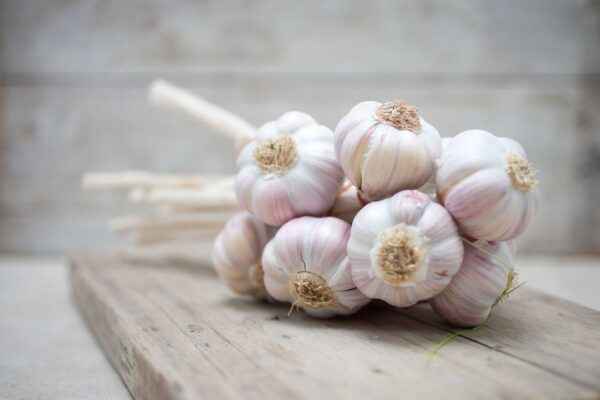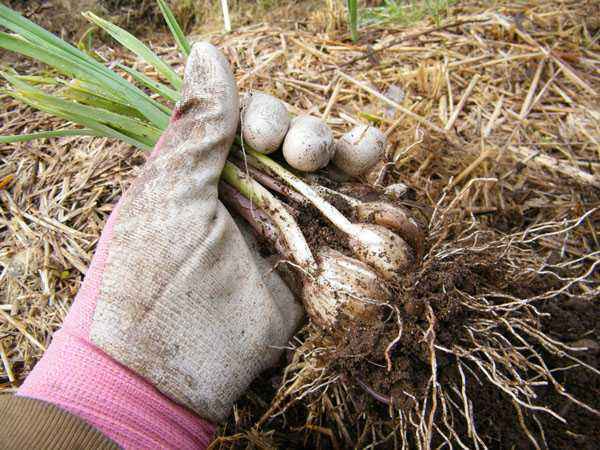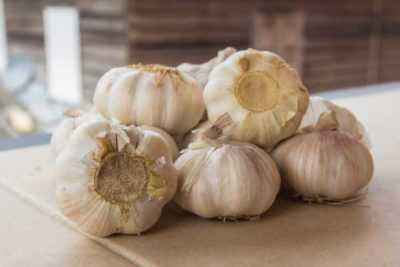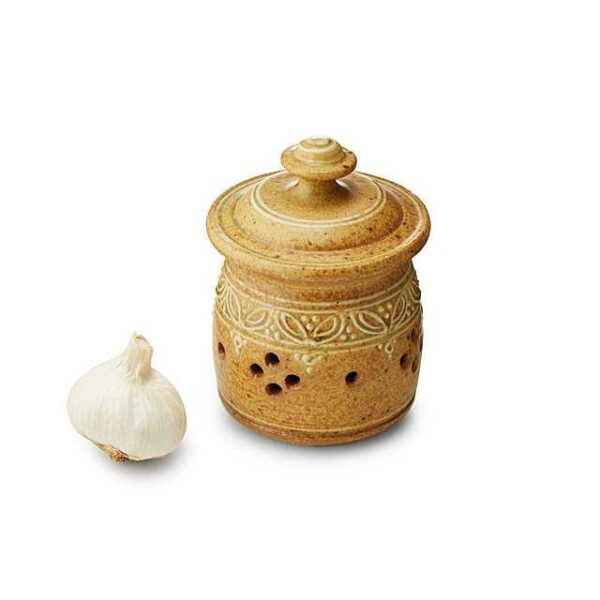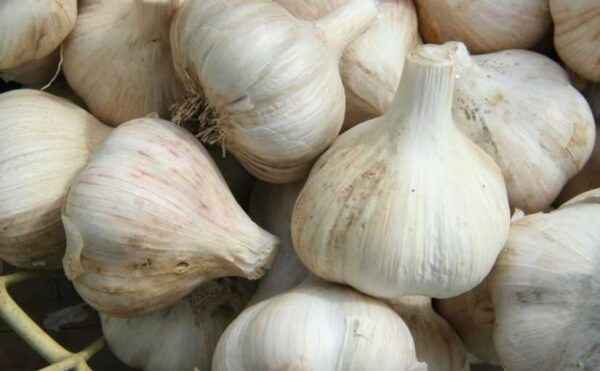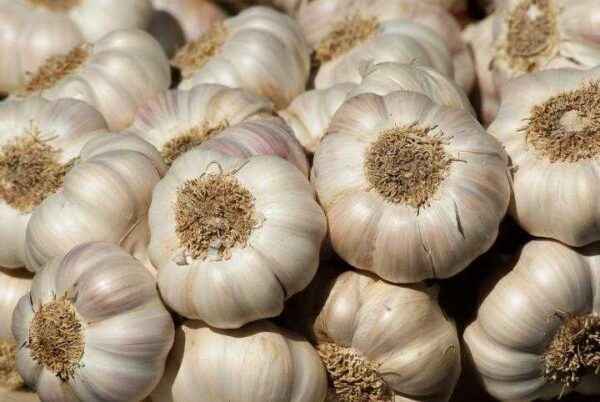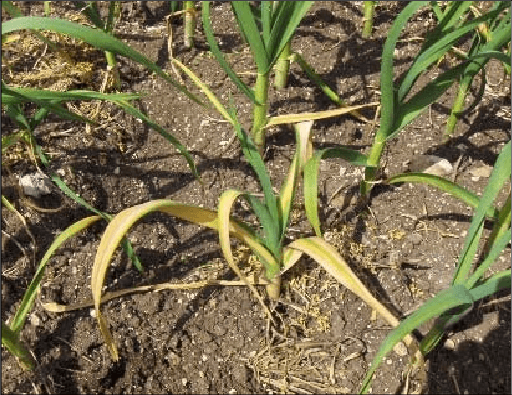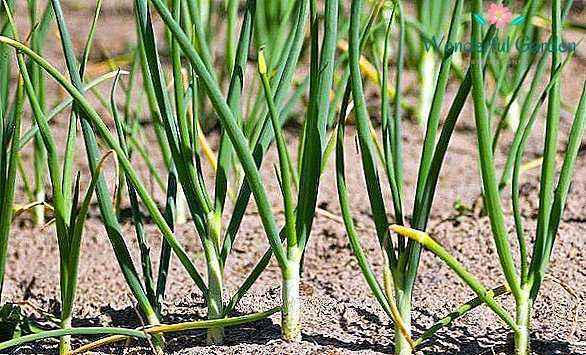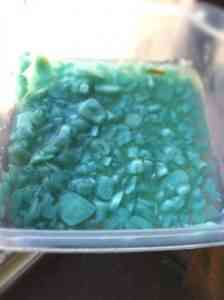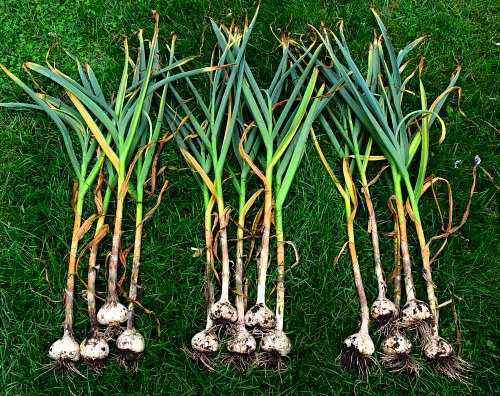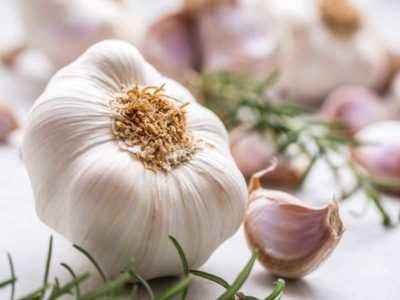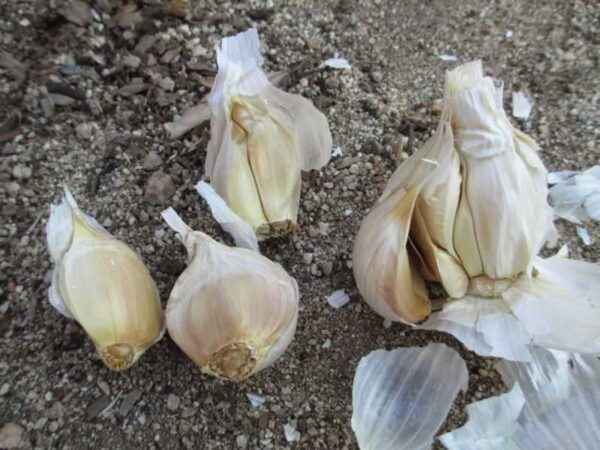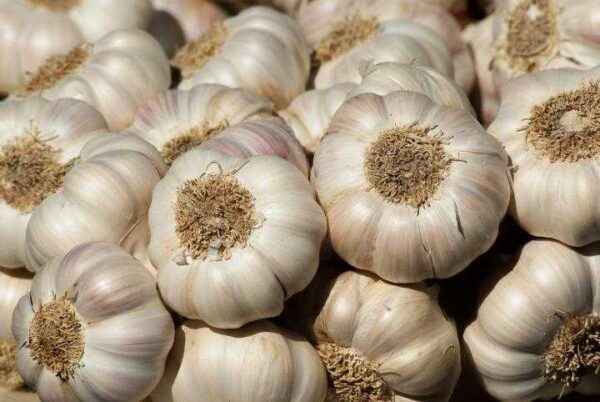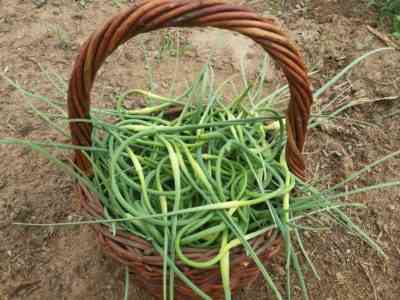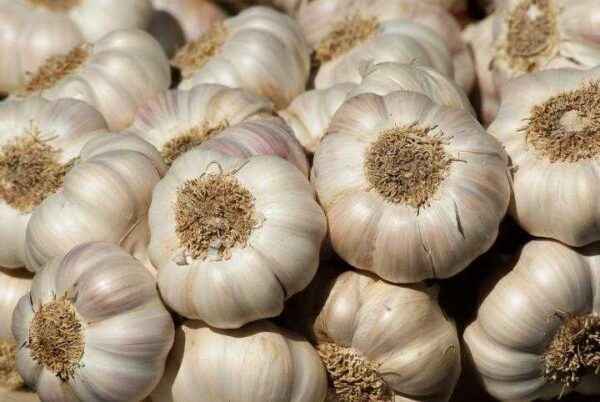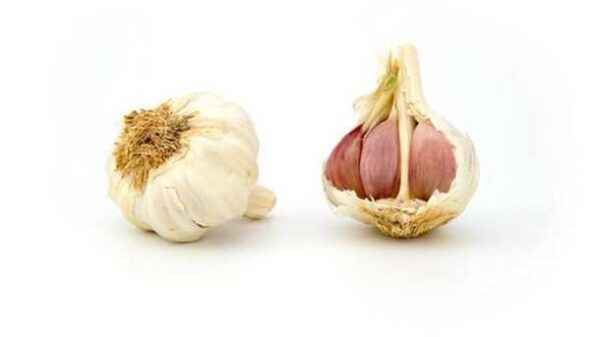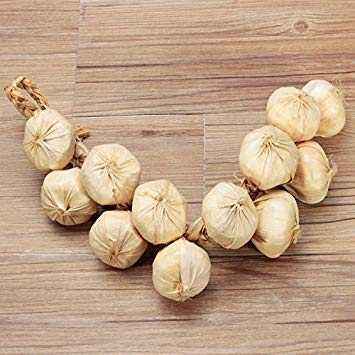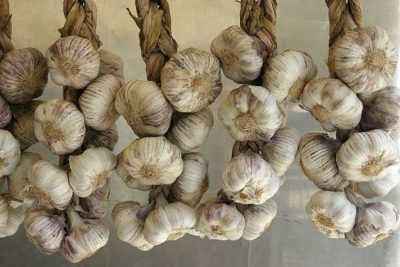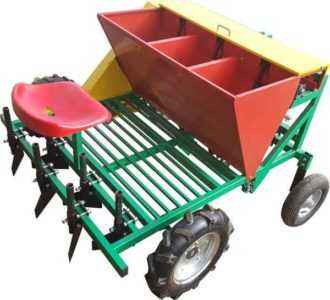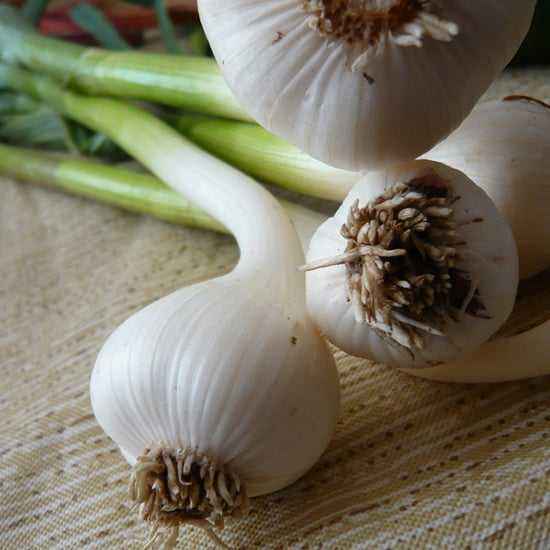Garlic does not require increased maintenance for good growth and high yield. However, sometimes garlic that has just grown has dried.
- Causes of chlorosis
- Garlic diseases
- Pests of the crop
- Nutritional deficiency
- Lack or excess of moisture
- Lowering the temperature
- Methods of controlling chlorosis
- Prevention of the occurrence of
- Conclusion
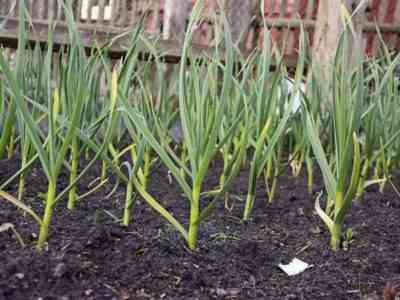
Garlic dries
Causes of chlorosis
Chlorosis (yellowing and drying) appears in both winter and in spring (spring) garlic. by the time of harvest, it is a natural symptom and does not require intervention. Spring or mid-summer yellowness is a dangerous sign and indicates serious crop problems.
In most cases, the deficiency of chlorophyll in the leaves first covers the tip, and then extends to the rest of the surface. Due to a violation of the photosynthesis process, the development of the fruit slows down, sometimes it stops completely.
Why the leaves of garlic dry and turn yellow:
- infection by diseases or insect pests;
- lack of nutrients, micro and macro elements;
- violation of the irrigation regime;
- lower temperatures.
Diseases of garlic
The main diseases that provoke the development of chlorosis include:
- False powdery mildew (peronosporosis) . This is a fungal disease in which the fetus lags in growth, the leaves turn yellow and become stained. Infection occurs through poor-quality seed or organic debris, when the affected plant comes into contact with a healthy one.
- Fusarium (rot of the bottom). This is a quick death of foliage and roots caused by a fungus. It is distributed with seed or soil.
- Bacterial rot. This is a defeat by bacteria, visually expressed in the appearance of brown spots on the fruits and the death of leaves, arrows and stalks of garlic.
The greatest increase in the disease is obtained in warm, humid weather.
Pests of the crop
The most common types of pests causing yellowing of the culture are:
- Stem nematode. This is the most dangerous pest for garlic. It spreads through sowing material affected by eggs and is able to remain in suspended animation for up to 8 years. The best conditions for the life of an insect are clay soils with poor air circulation.
- Onion fly caterpillars. These pests damage the vegetative and generative organs of garlic (root, shoots, buds and inflorescences). They pose a particular danger to weakened plants.
Power shortage
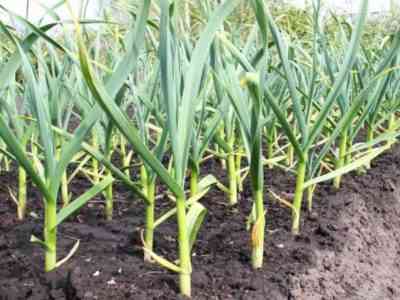
Lack of trace elements negatively affects plants
The most common cause of a lack of nutrients for a crop is a deficiency of nitrogen, phosphorus, potassium, magnesium and boron:
- Nitrogen promotes the growth and full development of garlic. Due to its deficiency, the vegetative process ends ahead of time, the fruit remains small, the leaves lose their color intensity and dry out.
- Potassium is necessary for the plant to fully absorb nitrogen compounds and increase the shelf life of the fruit. Its lack is expressed by yellowing and a burn of leaves on the edge (narrow border around the edge).
- Phosphorus is necessary for garlic to form the fruit and strengthen the root system. Phosphorus deficiency is determined not only by drying out the leaves, but also by stopping the growth of culture and the underdevelopment of roots.
- Magnesium ensures the normal functioning of metabolic processes in the plant, affecting the growth and formation of the immune system. If there is a lack of the element, the leaves first change color to crimson, and then completely dry.
- Boron promotes the growth of the plant, if it is deficient, the leaves begin to dry from the middle to the edges.
Lack or excess of moisture
Garlic is picky about filling the soil with moisture.On the one hand, during intensive growth, a large demand for water is formed in the culture, aggravated by an underdeveloped root system and a small force of absorption of moisture by it. Another factor that enhances the plant’s need for water is the location of the roots in the upper layers of the soil, which are prone to desiccation.
On the other hand, garlic does not like waterlogging either – it is sensitive to watering and the level of groundwater. In conditions of excess moisture, the plant gets wet and vapors, causing rotting, spreading diseases and stopping growth.
Lowering the temperature
The temperature for growing garlic is optimal at 18-20 ° C . Winter varieties are more resistant to short-term cooling, but even for them long-term exposure to cold is dangerous.
Under long-term exposure to low temperatures, the normal course of photosynthesis is disrupted and chlorophyll deficiency is formed, which causes the crop to stop growing, yellowing and death of leaves.
Methods for controlling chlorosis
The choice of method for controlling leaf drying depends on the cause of chlorosis:
- If chlorosis was caused by a disease, promptly remove diseased heads. In some cases, it is possible to cure the affected plants with fungicides or folk remedies: spraying, herbal decoctions, etc.
- In the event of a pest infection, the manual collection of insects will help at an early stage, and the use of insecticides or alternative recipes at a later stage.
- In case of deficiency of nutrients, timely application of fertilizers containing them plays an important role. The plant helps to restore mulching (sprinkling) of soil with organic matter, ash or urea with potassium sulfate.
- If there is an excess of water, the soil is sprinkled with humus or peat so that they absorb the excess. Garlic continues to be watered in rainy weather or at -5 ° C, which cannot be done: excess moisture accumulates and causes the development of chlorosis and decay.
- In dry weather without precipitation, the garlic is moistened immediately after the soil dries. For better moisture exchange, loosening the soil should not be neglected.
- Garlic can be exposed to frost if planted too early or in atypical weather conditions (unpredictable spring and autumn cooling). Good protection of seedlings from the adverse effects of low temperatures is mulching (dusting the ground) with fallen autumn leaves or the use of biostimulants.
Prevention of occurrence
Preventive measures aimed at preventing the development of chlorosis include:
- observing the timing of planting ;
- the use of quality planting material;
- planting garlic on raised beds to drain excess water and restricting access to groundwater;
- planting the plant in soil rich in nutrients and timely application of the necessary top dressings;
- regular inspection of seedlings for possible harm oil or signs of the development of the disease;
- prompt removal of affected individuals and plant residues;
- development of an optimal garlic irrigation system;
- observance of the climate calendar and weather forecast for the whole vegetation period (allows you to draw conclusions about the advisability of planting time, the need for mulching, building shelters and changes in the irrigation system).
Conclusion
Yellowing and drying of garlic causes a number of reasons, from exposure to harmful microorganisms and pests to errors in ode, adverse weather conditions and lack of nutrients. If the stalks and leaves of garlic are dried, it is urgent to take measures until a complete stop of growth and death of the crop occurs.


